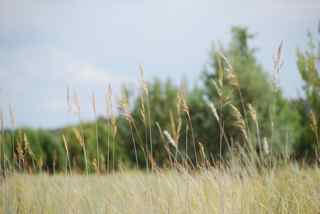|
|
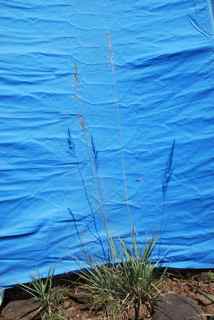 Plants Walker Basin AllotmentJohn Kava | 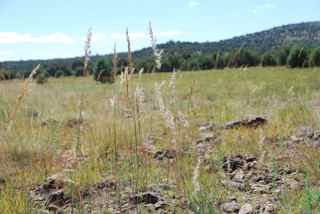 Plants Walker Basin AllotmentJohn Kava | 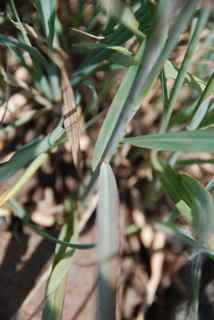 Ligule and blade Walker Basin AllotmentJohn Kava | 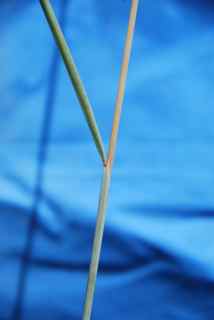 Ligule and auricle Walker Basin AllotmentJohn Kava | 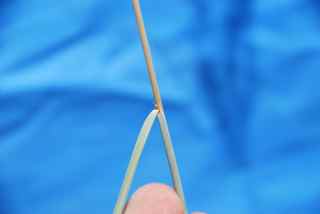 Ligule and auricle Walker Basin AllotmentJohn Kava | 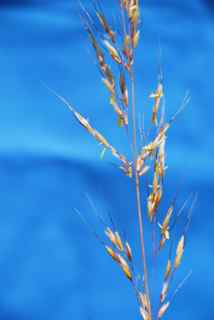 Seedheads Walker Basin AllotmentJohn Kava |
|
| | |
Origin: Native Season: Warm
Habitat Description: Dry slopes to moist canyons, wide range of habitats, pine forests at medium altitudes, prairies to woodlands, savannahs, and scrubland vegetation, infrequent in Arizona. Moderately salt tolerant. Often found in areas of adequate moisture.
Plant Communities:Desert Scrub, Interior Chaparral, Semidesert Grasslands, Pinyon Juniper Woodland, Montane Conifer Forest, Riparian
Elevation: 2500 - 6500 feet
Desc:
Slender, tall and rhizomatous perennial; erect slender seedhead stems emerge from short, stout and scaly rhizomes; seedhead is often golden.
Identification Notes: Tall, robust perennial, stout, scaly rhizomes; leaves long and flat; ligules and collar are hairy; thick, pointed auricles; seedhead yellowish with gray branches; spikelets paired, one sterile and stemmed, one fertile and sessile with twisted bent awns.
Grass Type: Perennial bunchgrass Rhizomes: Y Stolons: N
Large Dense Clump (> 2 feet): N Bushy (highly branched): N
Height with Seedheads: Greater than 36 inches
Seedhead Structure: Branched - open and spreading Seedhead Droops: N
Flowering Period: Jul - Oct
Number of Flowers per Spikelet: One-flowered Spikelets One-sided: N
Awns: 1/4 inch to 1 inch Three Awns: N Awns Bent: Y
Flower and Seedhead Notes: Much-branched seedhead that contracts at maturity, yellowish or tawny. Fertile lemma with a twisted, once or twice-bent awn 1/2 to 1 inch long.
Blade Hairy:
N
Blade with White Margins:
N
Blade Cross section:
Flat
Blade Notes:
Blades up to 28 inches long, to 1/4 inch wide, usually smooth, midvein conspicuous on back of leaf.
Sheath Hairy:
N
Tuft of Hairs at top of Sheath or Collar:
N
Ligules:
Membranous
Auricles (Ear-like lobes at collar area:
Y
Forage Value:
Excellent, palatable to cattle and horses, does not cure well, only moderately palatable after maturity and fair winter forage.
|
|
